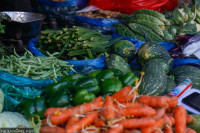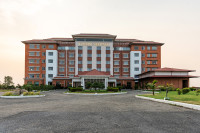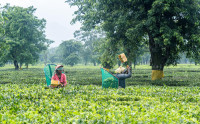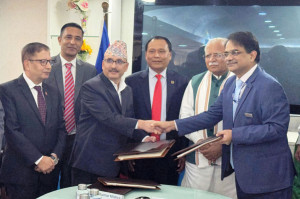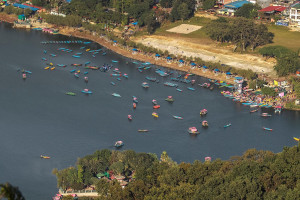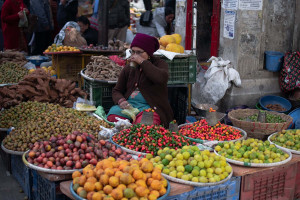Money
Kailali, Kanchanpur emerge as new poultry-farming hub
Kailali and Kanchanpur districts are emerging as the new hub for poultry farming, signaling growing demand for meat and eggs in far-western Nepal, which is less prosperous than other parts of the country.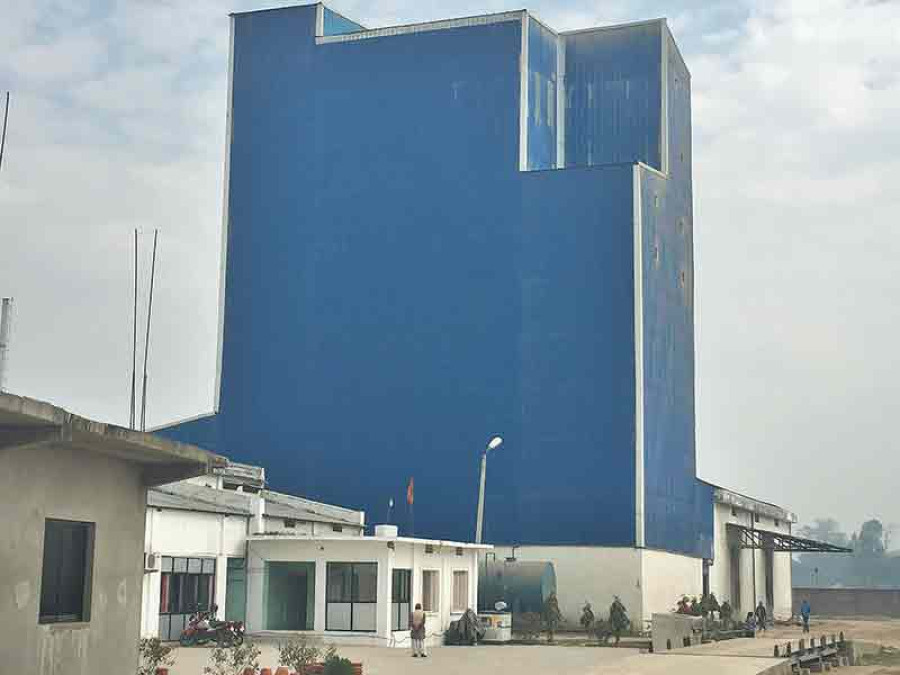
Mohan Budhair
Kailali and Kanchanpur districts are emerging as the new hub for poultry farming, signaling growing demand for meat and eggs in far-western Nepal, which is less prosperous than other parts of the country.
The poultry sector of the two districts has drawn investment of over Rs4 billion so far. Of this investment, around Rs3 billion has been poured into the poultry sector of Kailali district.
“The sector is growing so rapidly it is becoming as big a poultry hub as Chitwan’s,” said Tulsi Gautam, president of the Kailali Poultry Entrepreneurs Association.
These two districts are currently producing around 10 tonnes of chicken meat, making them self-sufficient in production of chicken. The districts are also on the way to becoming self-sufficient in production of eggs and chicks.
Kailali and Kanchanpur currently host around 2,000 poultry farms. Around 1,000 poultry farms are currently operating in Kailali, of which 600 have formally registered their businesses, while around 400 are operating in an informal manner.
Kailali is home to three hatcheries as well. Around four hatcheries are planning to start operation in the district soon. Entrepreneurs have invested around Rs50 million to Rs200 million in each of the hatcheries. Kailali has also seen investment of around Rs60 million to Rs400 million in each of the feed production units. Four feed factories are currently operating in Kailali.
“Lately, big poultry firms have come into operation in Kailali and Kanchanpur,” said Bikram Singh, a poultry entrepreneur. “Each of these poultry farms grows 2,000 to 10,000 layers. Previously, each poultry farm used to have around 50 to 100 layers.” The investment made in the poultry sector, however, is facing threats due to the government’s inability to curb illegal imports of eggs and chicks from India, Gautam said. “The concerned authorities should keep an eye on these illegal activities and control smuggling,” he said.
There are other problems facing the poultry sector as well. For example, it is difficult to set up poultry firms in residential areas because of complaints from locals, according to Bibek Bhatta, central member of the Nepal Poultry Entrepreneurs Association. “We recommend that the government designate areas to set up poultry farms, feed factories and hatcheries,” he said. “Easy credit facility should also be provided to those engaged in poultry business.”
Many operating feed factories are also facing problems in getting raw materials, especially corn. “The poultry industry requires huge amount of oil cakes made of corn and soybean. But because of lack of adequate production of corn and soybean in far-western region, we have to import these products from India or eastern part of the country,” said Bhatta. “We could save a lot of cost if raw materials to produce oil cakes could be produced in far-western region.”




 17.12°C Kathmandu
17.12°C Kathmandu
